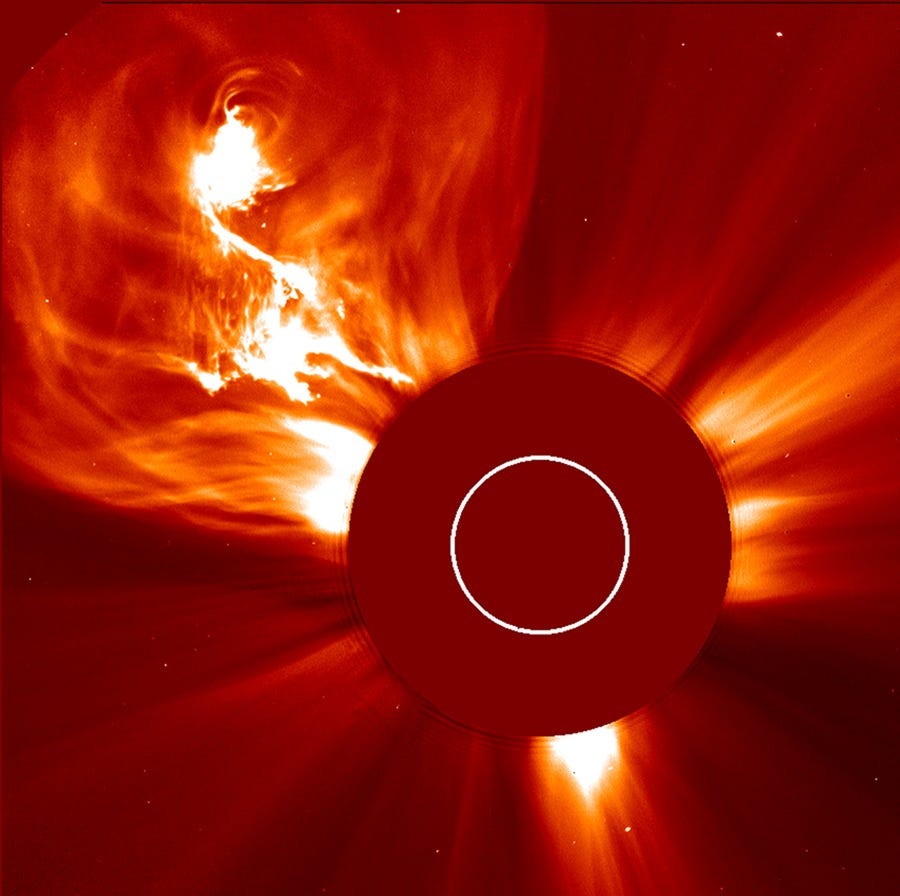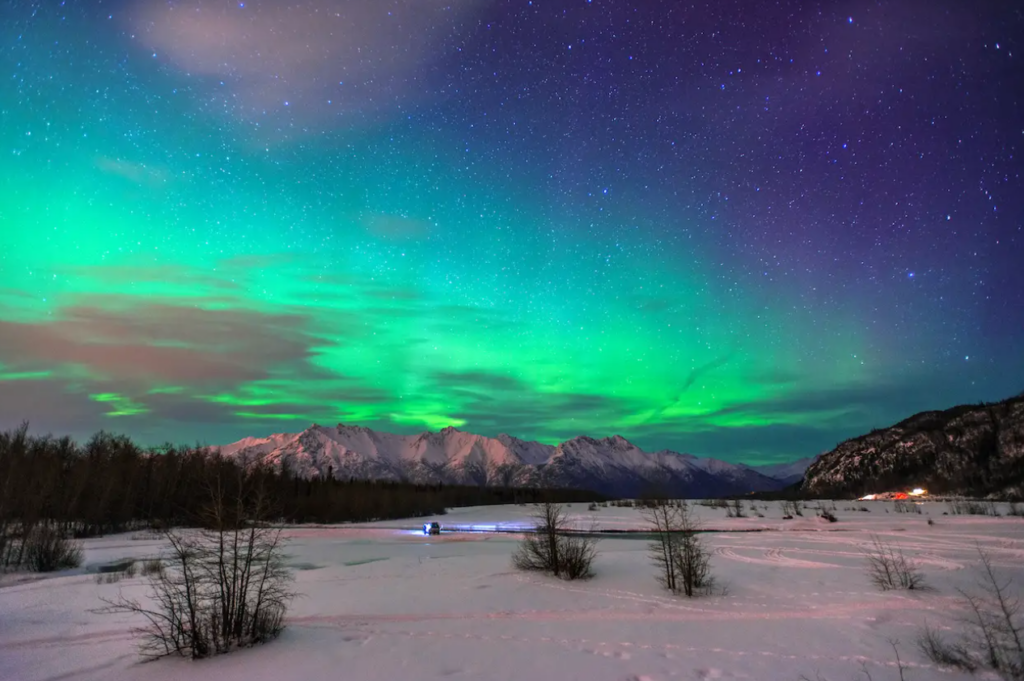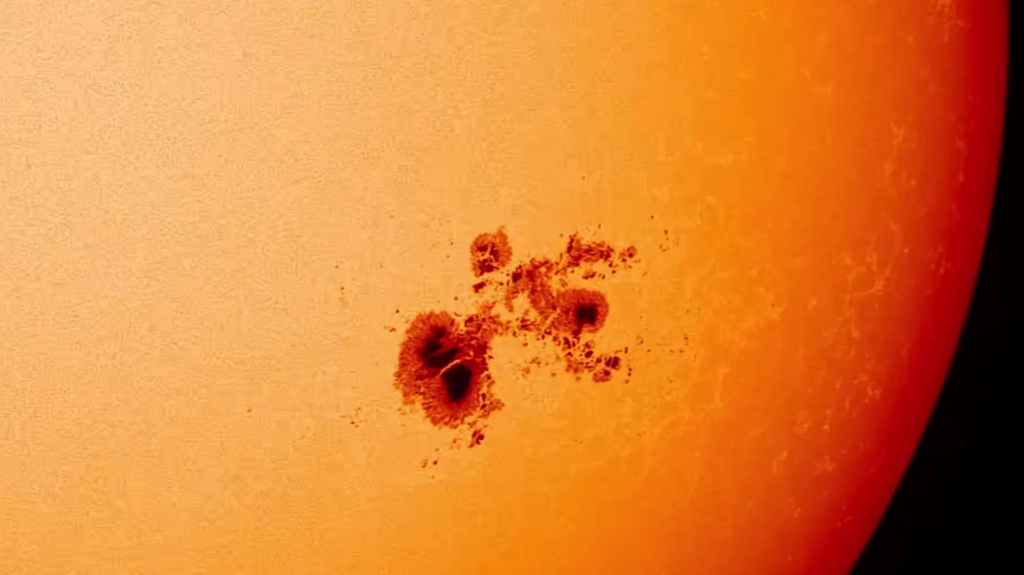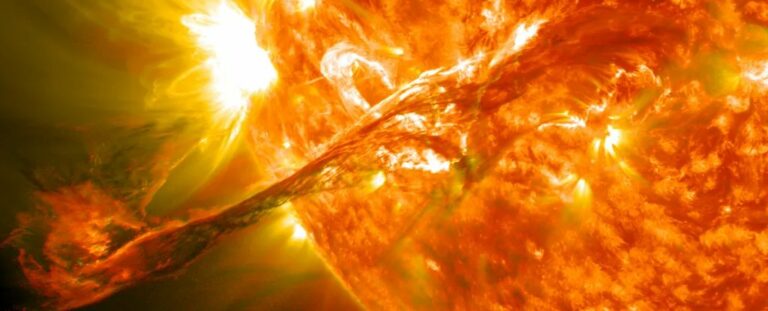The Sun’s Activity Exceeds Scientists’ Expectations—What It Means for Us.
The Sun which we see in our daytime sky looks like an entity, which is calm, slow and un-eventful. But at the close-quarters it is an active, shooting star of sorts – activity of the sun which astrophysicists did not predict until the last year or so.
“We didn’t expect the sun to be this active in this particular cycle, but the observations are, in fact, the opposite,” said Andrew Gerrard, the department chair and director of the Center for Solar-Terrestrial Research at New Jersey Institute of Technology.
Solar cycles are normally formed after a period of 11 years. Within this time, the solar activity is at its minimum to maximum levels where maximum activity occurs at the half-way mark of the cycle and this is also the time when the Sun’s magnetic fields reverse themselves.
The past solar cycle was from 2008 up to 2019. We find ourselves in the eclipse of sun in the middle of this solar cycle, and are moving towards the maximum of magnetic storm.
The solar magnetic activity that has been gradually increasing for several years now is so intense that it stifles energy originating from Sun’s interior and hampers its emergence to the surface. This leads to formation of cooler areas on the solar surface that is formed a dark discoloration on the sun, which is called sunspots.
The sunspots act as a way through which scientists such as Gerrard can estimate the levels of activity of the sun. It has been raising to record high in the last one year or so.
NOAA reported a few days ago that, based on preliminary observations, it discovered 299 sunspots, and all of them emerged within a single day – it would be the highest daily sunspot count in more than 22 years if the data are proven accurate.
Sunspot tracking is crucial because this is the place where major X-class radiation storms and large scale events known as CMEs originate from. These can be dangerous to the earth impacting on Radio communications by creating radio black outs, efficiency of power in electricity generation by paralyzing power grids, disturbing the efficiency of the Global Positioning System; GPS and even make satellites to fall down from space.

Not all sunspots will produce an eruption and, when they do, not all eruptions pose a threat because they might miss Earth, Alex James, a solar physicist at the University of College London, told Business Insider over email.
Still, learning to predict solar storms ahead of time is an important field of ongoing research because it could give us more lead time to prepare, James said.
The Sun is more active than we thought
X-class solar flares and coronal mass ejections may look beautiful when they occur but when they occur, they propel high energy particles into space at a speed 1000 miles per hour and above. When Earth is crossed by these particles they may affect our planet through our magnetic shield and/or upper atmosphere leading to geomagnetic storms.
These geomagnetic storms may give wonderful shows of the aurora borealis and aurora australis and make the Northern and Southern lights visible at places that are not usually blessed with this beauty like Texas and Colorado. This is attributed to intense activity in the Sun as it is the regulating factor for most of the activities in the solar system.

But these high-energy particles do interfere with high frequency radio signals which are important to the military, airlines and GPS, as Gerrard explained.
Since January, geomagnetic storms have caused radio blackouts across four continents: North and South America, Europe and Africa.
It has the effect of interrupting GPS services occasionally and power blackouts. It can also lead to grounded flights and delays, because the Federal Aviation Administration says that to fly, aircraft need both radio and satellite communications.
space craft are also vulnerable. Gerrard in his statements notes that if a coronal mass ejection occurs then the density of the Earth’s upper atmospheric layer increases, resulting in more drag, hence causing the craft to be grounded.
September 2021 earthquake leads to the loss of 42 Starlink satellites: In February of the following year, the satellites were hit by a geomagnetic storm, and 38 of them crashed to the ground. The satellites were in a lower transitional orbit and have not announced themselves fully operational so to speak.
This the scientist explain that the low orbit in conjunction with the storming of the geomagnetic force led to the satellites re-entry into the earth’s atmosphere where they burned up.
Further, in may, the largest geomagnetic storm in two decades negatively impacted Starlink services but no satellites tumbled out of orbit in the process.
The Sun is reaching solar maximum

The level of the Sun activity is expected to rise further before it attains the maximum levels referred to as Solar Max.
Different estimations suggest it will happen in the second half of the year 2025, and yes we only know for sure that the Max is over once things start to cool down again,” said James.
While it is now expected that this particular solar maximum will be stronger than initially predicted, it is fairly typical “Rather more typical” as Space Weather Scientist Dr Mathew Owens of University of Reading emphatically put it in an email interview.
However, James observed that probably our sensitivity to solar maximum has never been higher than now despite our increased use of satellite technology.
This article was originally published by Business Insider.
Do not forget to share your opinion with us to provide you with the best posts !




0 Comments